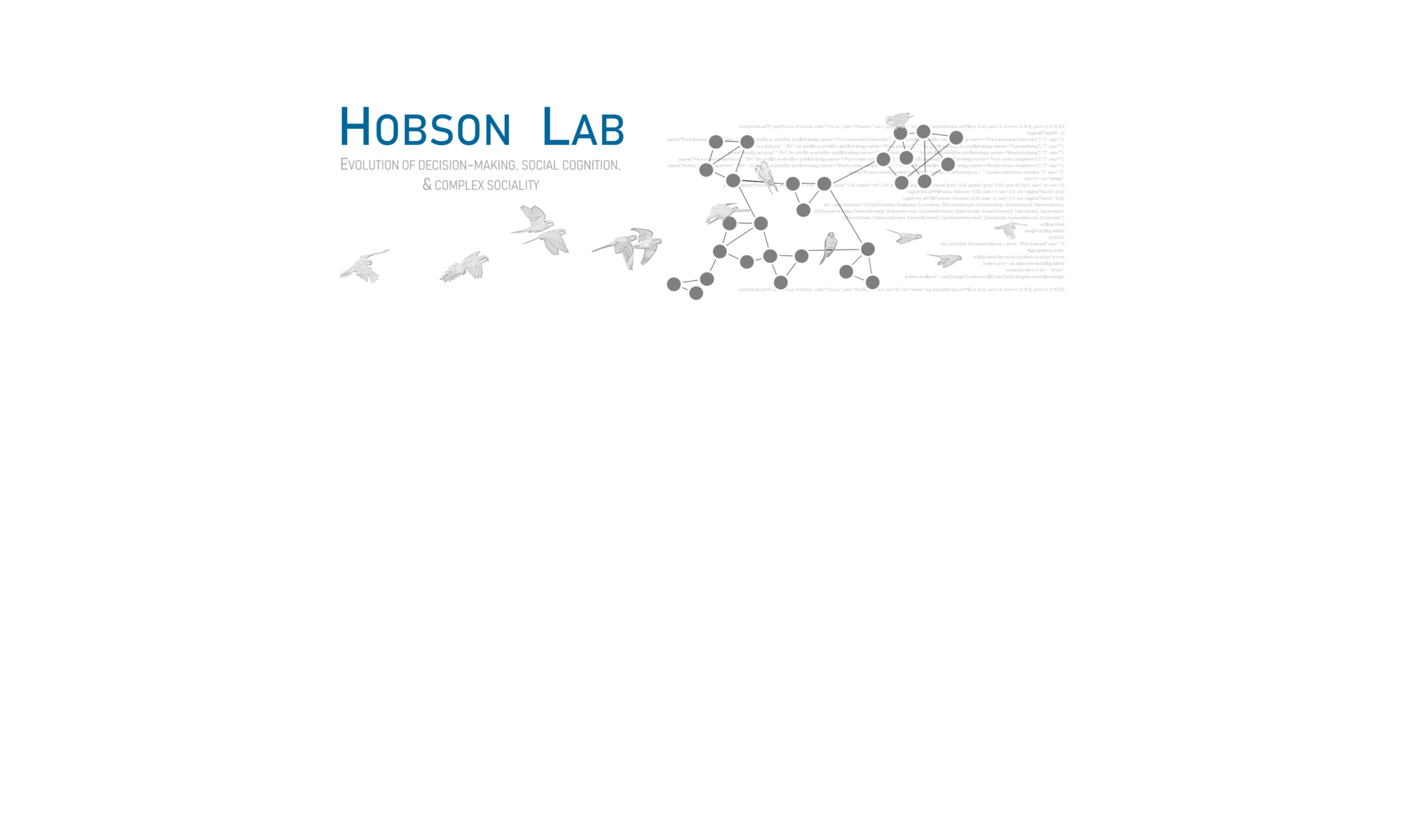Led by Anshuman Swain and with co-authors Sara Williams and Louisa Di Felice, we have a new paper out now in Animal Behaviour! We used an existing dataset to dig into the previously unexplained noise surrounding task switching in an ant species. This paper started as a collaborative project at the Complex Networks Winter Workshop in 2019.
The full text published version is available here. The preprint is freely available here.
Highlights
- We analysed the interaction networks of six C. fellah colonies.
- We tested how centrality and information flow are tied to task switching.
- Node metrics and effective information explained functional group differences.
- Interactions were correlated with task switching.
- The strength of this correlation, however, differed across functional groups.
Abstract
In animal societies, individuals may take on different roles to fulfil their own needs and the needs of their group. Ant colonies display high levels of organizational complexity, with ants fulfilling different roles at different timescales (what is known as task allocation). Factors affecting task allocation can be at the individual level (e.g. physiology), or at the group level (e.g. the network of interactions). We focus on group level processes by exploring the relationship between interaction networks, task allocation and task switching using a previously published data set (Mersch et al., 2013, Science, 340(6136), 1090–1093) tracking the behaviour of six Camponotus fellah colonies over 41 days. In our new analyses, our goal was to better explain the noisy process of task switching beyond simple age polyethism. First, we investigated the architecture of interaction networks using node (individual) level network measures and their relation to the individual’s task – foraging, cleaning or nursing – and whether or not the ant switched tasks. We then explored how noisy information propagation was among ants, as a function of the colony composition (how many ants carried out which tasks), through the information-theoretic metric of ‘effective information’. Our results show that interaction history is tied to task allocation: ants that switched to a task were more likely to have interacted with other ants carrying out that task. The degree to which interactions related to task allocation, as well as the noise in those interactions, depended on which groups of ants were interacting. Overall, we found that colony cohesion was stable even as ant level network measures varied more for ants when they switched functional groups; thus, ant colonies maintained a high level of information flow as determined by network analysis, and ant functional groups played different roles in maintaining colony cohesion through varied information flows.





